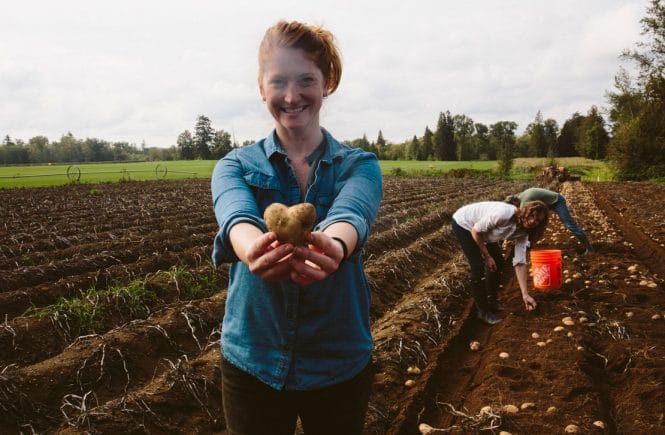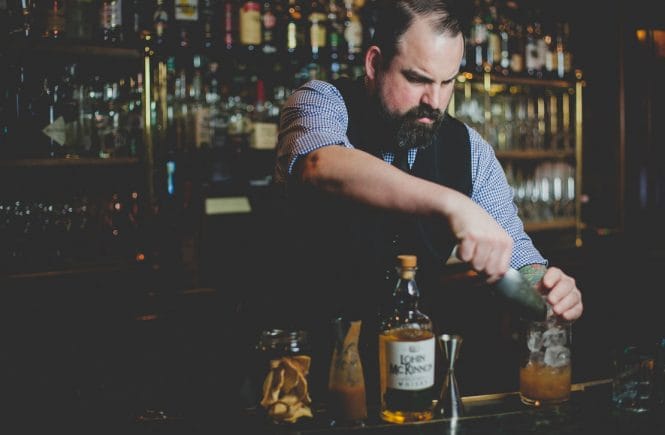The traditional British cocktail to serve at your next garden party or royal wedding do
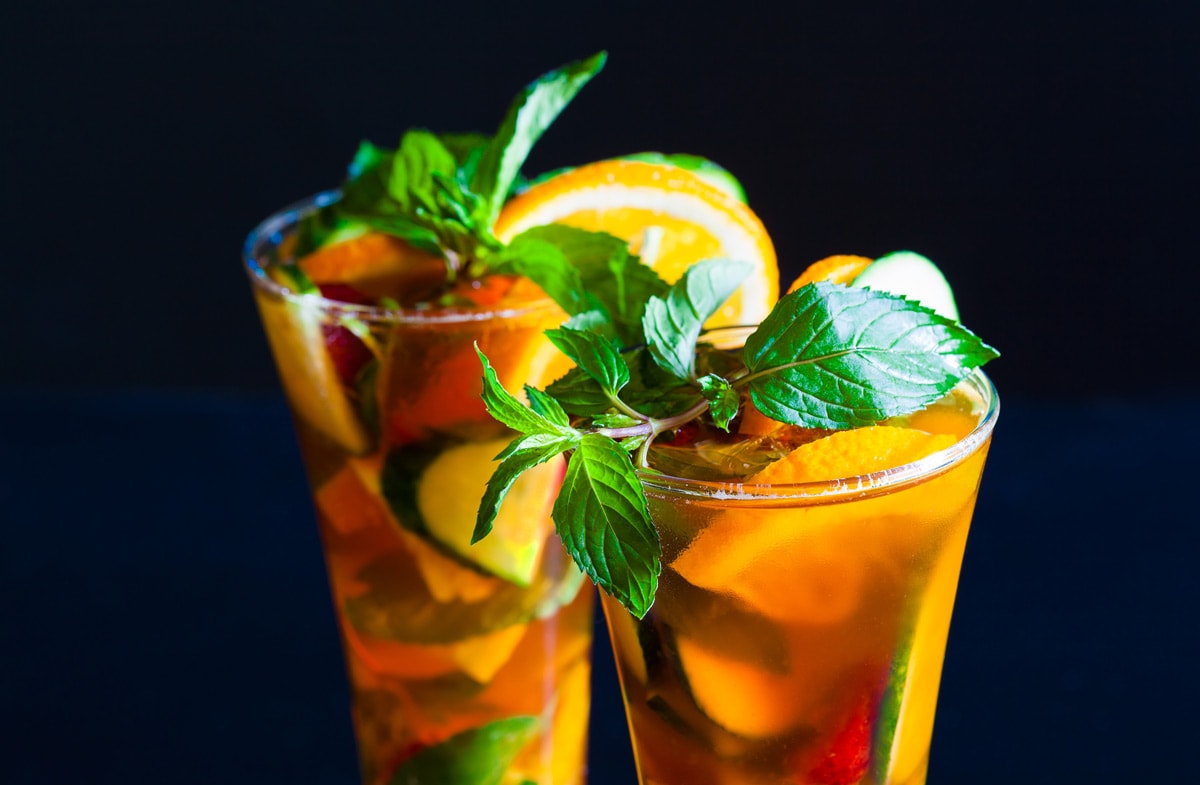
The first time I had Pimm’s Cup, I was in the Costwolds, visiting friends of friends, and I was baffled. Why, I wondered, were these nice strangers handing me what appeared to be a glass filled with fruit salad and cola?
Little did I know that Pimm’s is a grand British tradition like double decker buses, cream teas and cricket whites. And as Prince Harry and Meghan Markle head to the altar on May 19 for the first of this year’s two royal weddings (the other is Princess Eugenie’s nuptials on Oct. 12), it seemed like a good time to revisit this classic English cocktail.
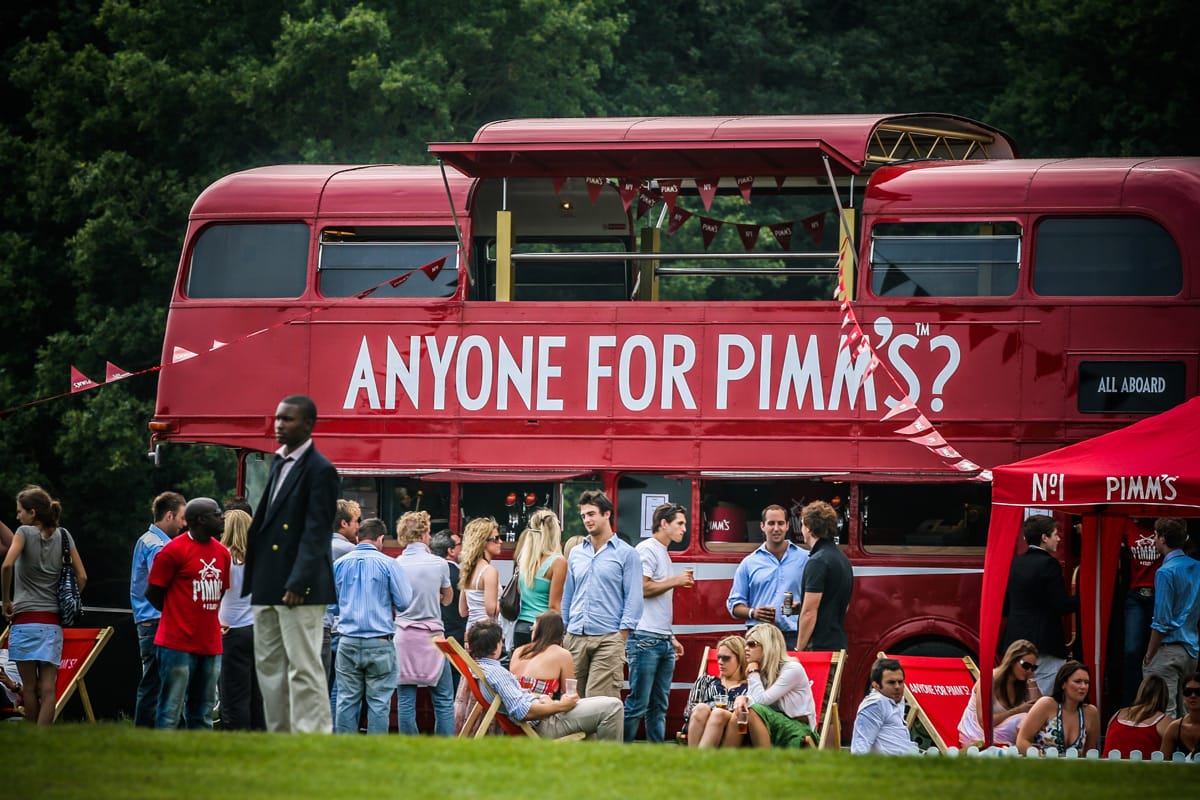
double decker bus selling Pimm’s attracts customers at Guards Polo Club, UK. Istock photo
A “cup” is essentially a punch, though typically lower in alcohol than most punches and based on wine or cider rather than spirits. Cups were once all the rage, especially for drinks enjoyed early in the day when, say, riding to the hounds. But today, the most famous, if not the only, cup we know of is the Pimm’s Cup.
It is one of only two official drinks served at the Wimbledon tennis tournament, Chelsea Flower Show, Henley Royal Regatta and Glyndebourne Festival Opera
It is typically a mix of Pimm’s No. 1 and fizzy lemonade garnished with slices of orange, lemon, apple and/or cucumber, and a sprig of borage or mint. It is traditionally served at such posh English social events as polo matches and garden parties; indeed, it is one of only two official drinks served at the Wimbledon tennis tournament, Chelsea Flower Show, Henley Royal Regatta and Glyndebourne Festival Opera. The other is Champagne.
But what, you may be wondering, is this mysterious elixir known as Pimm’s?
It’s a sort of mildly bittersweet, gin-based herbal liqueur that’s fairly low in alcohol—25 per cent ABV—and in price, about $25 for a 750 mL bottle. It’s brownish in hue, with flavours of orange zest, chamomile, cinnamon and licorice, a little like a syrupy, watered-down cola. And, a little confusingly, both the product and the drink made with it are called a “cup.”
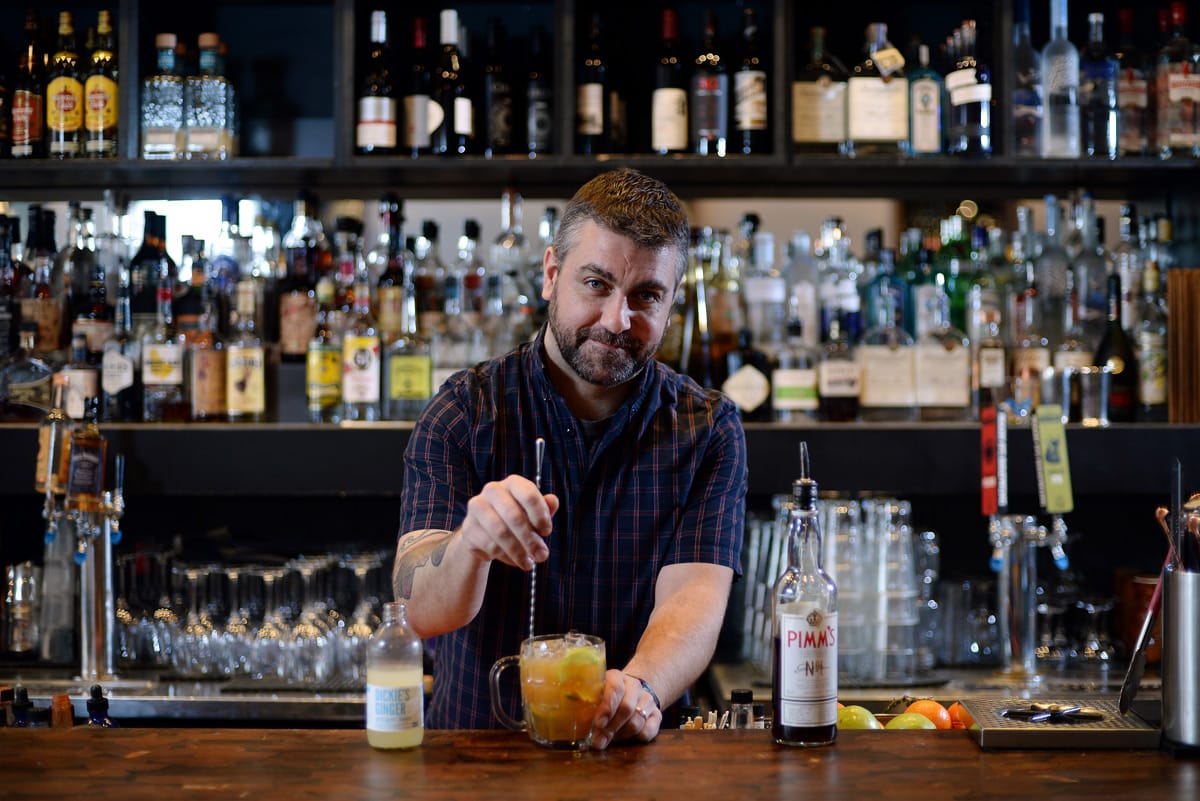
It was invented back in 1823 by the owner of an oyster bar near the Bank of England in London. James Pimm whisked up a concoction of gin, herbs and liqueurs as a digestive tonic for his customers and served it in small tankards known as No. 1 cups. It was rapidly taken up by the upwardly mobile classes, and has rarely been out of fashion since. One can imagine a dyspeptic Mr. Banks turning in relief to Pimm’s after another trying exchange with Mary Poppins or a behatted Lady Violet sipping it after judging the roses.
In 1851, Pimm’s No. 2 and No. 3 Cups arrived on the scene—the first made with a Scotch whisky base, the second with brandy. Since then there have been several other cups including versions made with rum, rye and vodka, as well as a seasonal Winter Cup made with brandy and spices. All have been phased out except the classic No.1, the vodka version and the Winter Cup; in British Columbia, only Pimm’s No. 1 is available.
Although James Pimm’s oyster bar is long gone, the drink he created lingers on like a nostalgic dream of an idyllic Britain that may, in truth, never have existed. Think of it as the Brideshead Revisited of cocktails.
Still, it may be just what you’re craving should you be planning a garden soirée this spring, or perhaps a royal wedding viewing party, fruit salad garnish and all.
IT’S YOUR SERVE: Just as the Kentucky Derby has its Mint Julep and the Preakness has the Black Eyed Susan, the signature drink of the Wimbeldon Tennis Tournament is the Pimm’s Cup. The competition’s first Pimm’s bar opened in 1971, and today some 200,000 fruit-garnished glasses (about 80,000 pints) are served each year.
FINE-TUNING THE FIZZ: In the UK, Pimm’s Cup is properly made with fizzy lemonade, which is a rarity on this side of the pond. You could replace it with Sprite, 7 Up or ginger ale, or seek out the San Pellegrino limonata, the closest thing we have to English lemonade.
FROM LONDON TO NOLA: If you want a proper Pimm’s, head to London, where it was invented, or strangely, New Orleans, where it’s found a home away from home. In 1940, Nola’s Napoleon House Bar started serving the digestive drink, and it’s since become a city staple. The British version is made with fizzy lemonade and a garden of greenery to garnish, while the Louisiana one is made with lemonade, lemon-lime soda and a relatively minimalist spear of cucumber.
—by Joanne Sasvari


